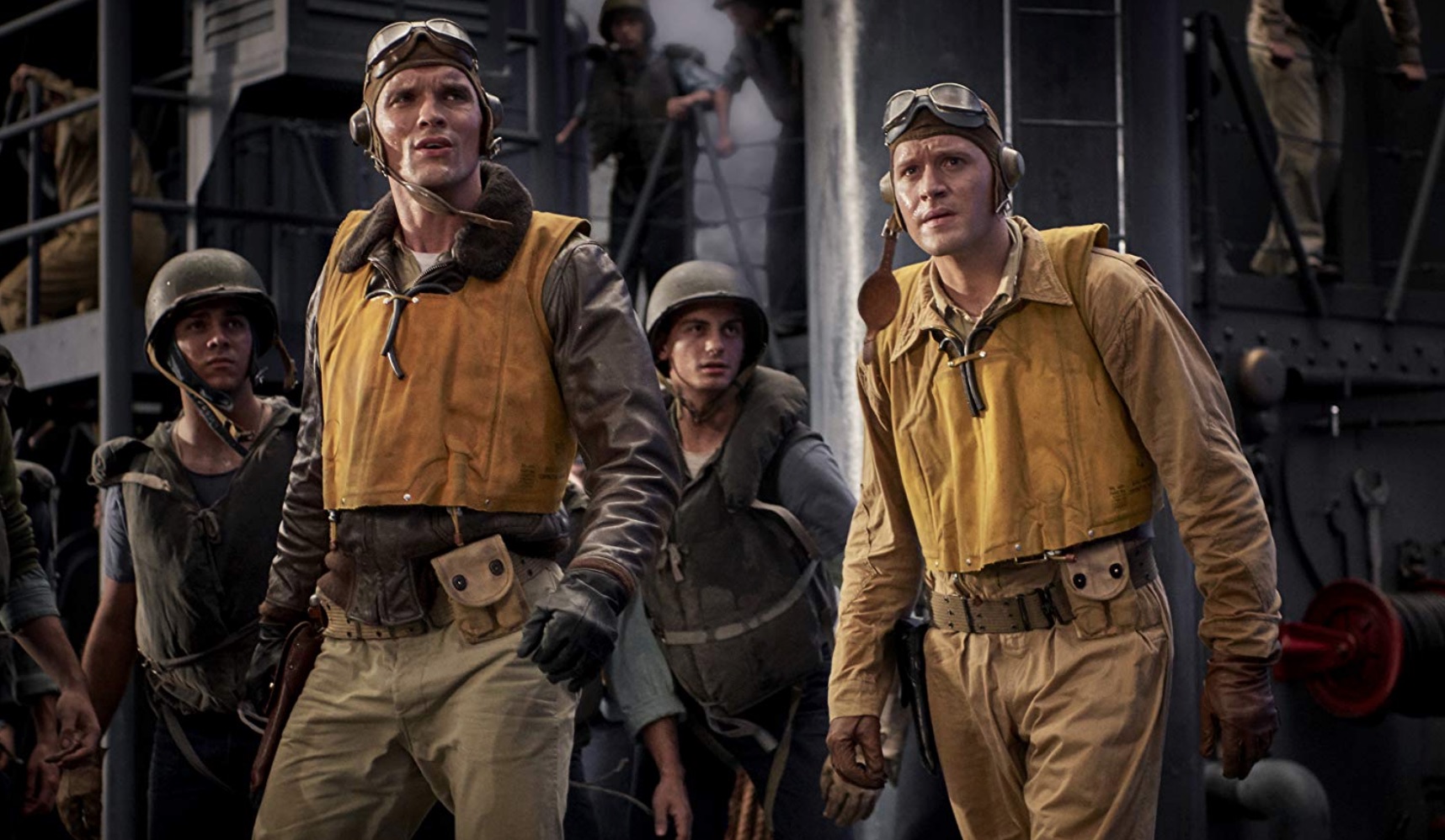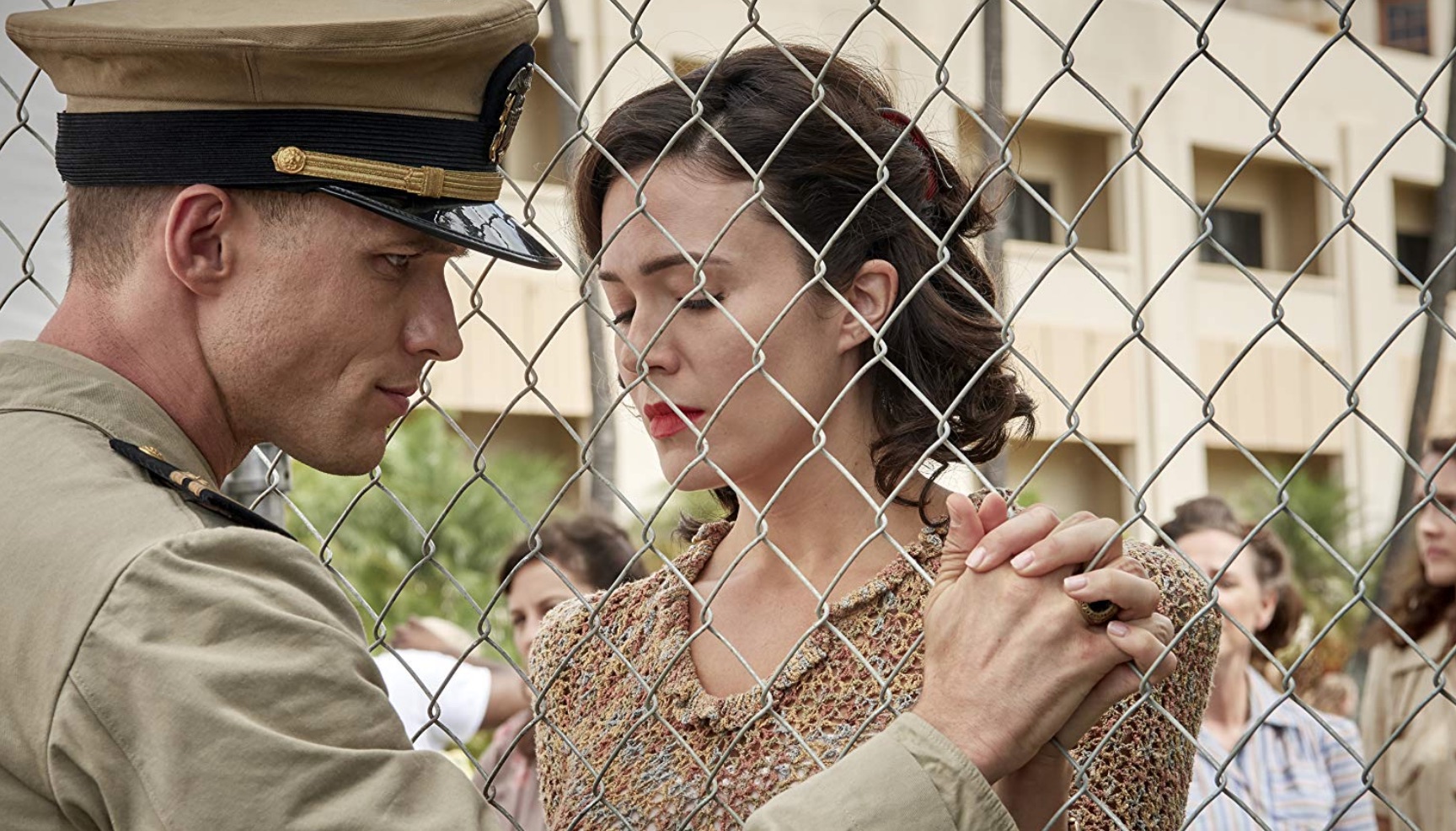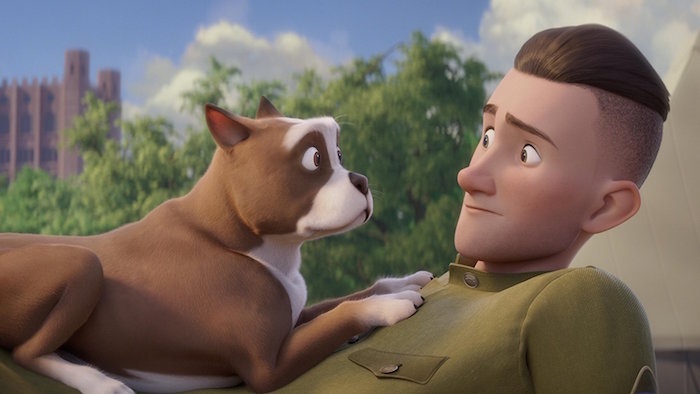MIDWAY
 Sunday, November 10, 2019 at 6:33PM
Sunday, November 10, 2019 at 6:33PM Stars: Ed Skrein, Patrick Wilson, Luke Evans, Woody Harrelson, Dennis Quaid, Mandy Moore, Aaron Eckhart, Nick Jonas, Darren Criss, Tadanobu Asano, Geoffrey Blake, Jun Kunimura, Brandon Sklenar and Etsushi Toyokawa.
Writer: Wes Tooke
Director: Roland Emmerich.
Rating: ★ ★ ★ ½

While the subject matter recounts the political, personal and military machinations of one of the defining moments in U.S. combat history, the truer battle raging on-screen in Roland Emmerich’s Midway is the clash between Oscar-bait war epic and rousingly cornball B-movie.
The German-born filmmaker sets the bar high from Act 1, with a fully immersive reconstruction of the attack on Pearl Harbour, the history-altering event that dragged a bruised and battered America into World War II. In its wake, we are introduced in piecemeal fashion to the square-jawed types charged with resurrecting national pride – Naval attaché Edwin Layton (Patrick Wilson), the intel genius whose knowledge of empirical Japanese ways could not stop the December 7 attack; hotshot cowboy pilot Dick Best (Ed Skrein), who you just know will put it all on the line for his country; Fleet Admiral Chester Nimitz (Woody Harrelson), the leader who rallied his men and applied a warrior’s cunning to strike back; and, Admiral ‘Bull’ Hallsey (a cantankerous Dennis Quaid), stoic and blustery as only vintage Dennis Quaid can be.
Midway continues Emmerich’s bigscreen obsession with military heroics and the dynamic of men facing seemingly insurmountable odds against a mighty enemy. Previously, Emmerich’s bad guys have included aliens, sea monsters and the weather; he presents his most human foe yet in the form of the Japanese forces, especially the masterminds behind the Pearl Harbour strike and the everyman soldiers and seaman who followed their orders (the film is dedicated to both American and Japanese casualties).
Emmerich is a director known less for his nuanced and careful consideration of themes and subtext and more for his ability to make things look awesome when they blow up. To this end, Midway unfolds in a manner that is pure Hollywood disaster epic, with a vast cast punching out none-too-subtle scenes of surface emotion that cut right to the heart of their plight. This kind of structure and plotting is meat and bones for Emmerich, whose work has run the gamut from the ridiculously sublime (Independence Day, 1996) to the sublimely ridiculous (Godzilla,1998; The Day After Tomorrow, 2004).

But the rat-a-tat of Emmerich’s storytelling streamlines the intricacies of naval combat; legitimate tension builds as ships, planes and deciphered codes criss-cross the screen. Although his characters have little depth, they are archetypes that stand for something in the theatre of war, or at least war movies. Emmerich’s affinity for B-movie tropes is matched perfectly with a story of true red-white-and-blue patriotism; he embraces his familiar story beats with a narrative clarity that has been absent in all his past efforts bar the unforgivably entertaining White House Down (2013).
Above all else, Emmerich and his visual effects team have crafted a heart-pounding vision of combat. Whether immersing his audience in close-quarter dogfights high in the sky or imagining the immensity of an aircraft carrier’s destruction, Emmerich’s battle scenes recall the mighty war stories of classic Hollywood lore by way of the technology of today. Some green-screen backdrops look a little tinny, but the ferocity of the Japanese zero squadrons descending upon Pearl Harbour and the steely-eyed vengeance with which the American forces regain the upper hand is thrilling film-making (the pilot’s eye view of dive-bombing a targeted vessel is vertigo-inducing).
Midway is that kind of war movie that captures both elements with an integrity that is hard not to admire. Recounting a pivotal wartime moment, Roland Emmerich has honoured the men who emerged damaged but victorious, as well as those that fought honourably in defeat; in telling the tale, he has made a war film wrapped in patriotism but thrilling enough for the modern American audience. Somewhere between Michael Bay’s cartoonish Pearl Harbour and Christopher Nolan’s pompous Dunkirk stands Roland Emmerich’s stirring Midway, and it emerges as the most watchable of the three.
 American,
American,  True Story,
True Story,  War,
War,  World War II
World War II 










